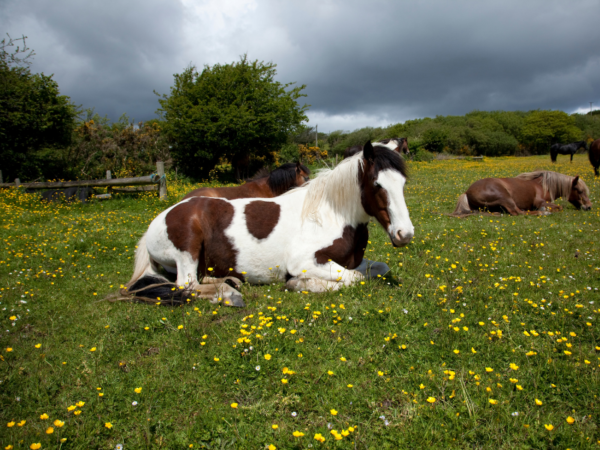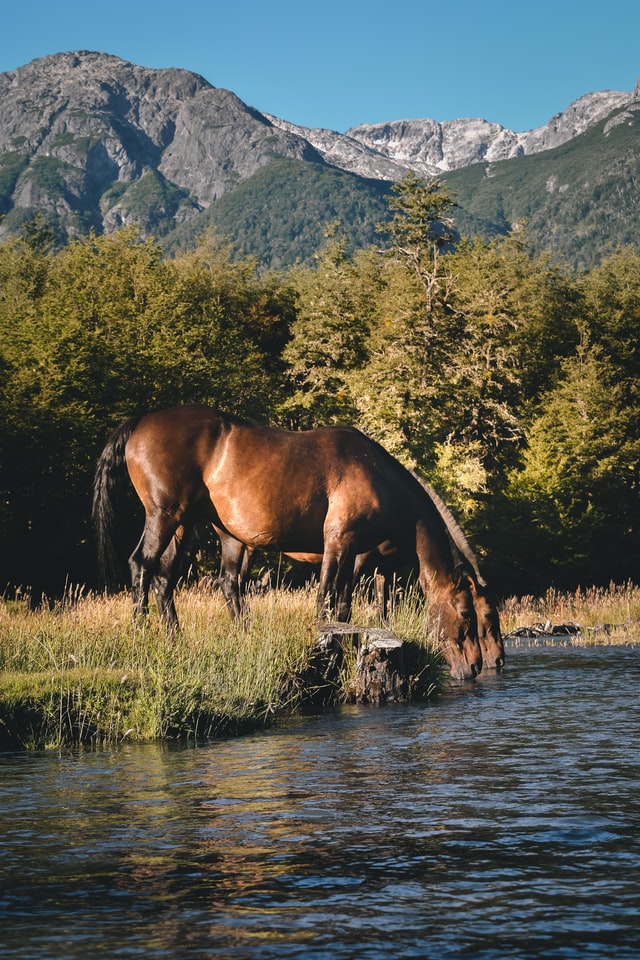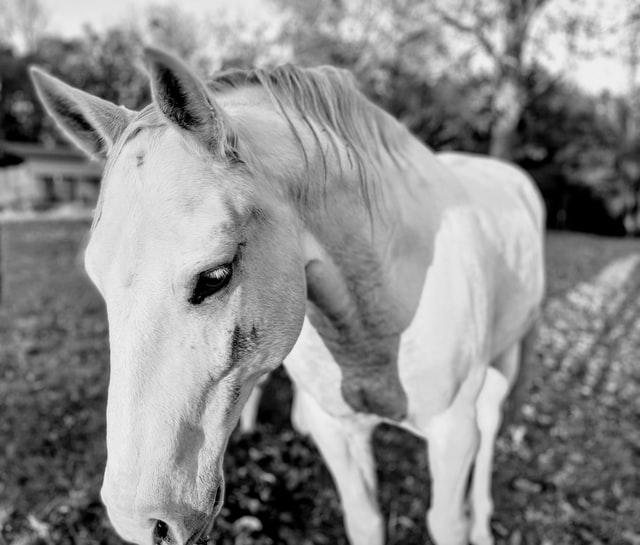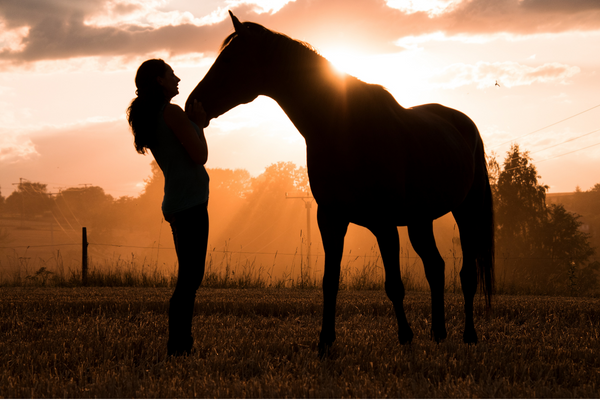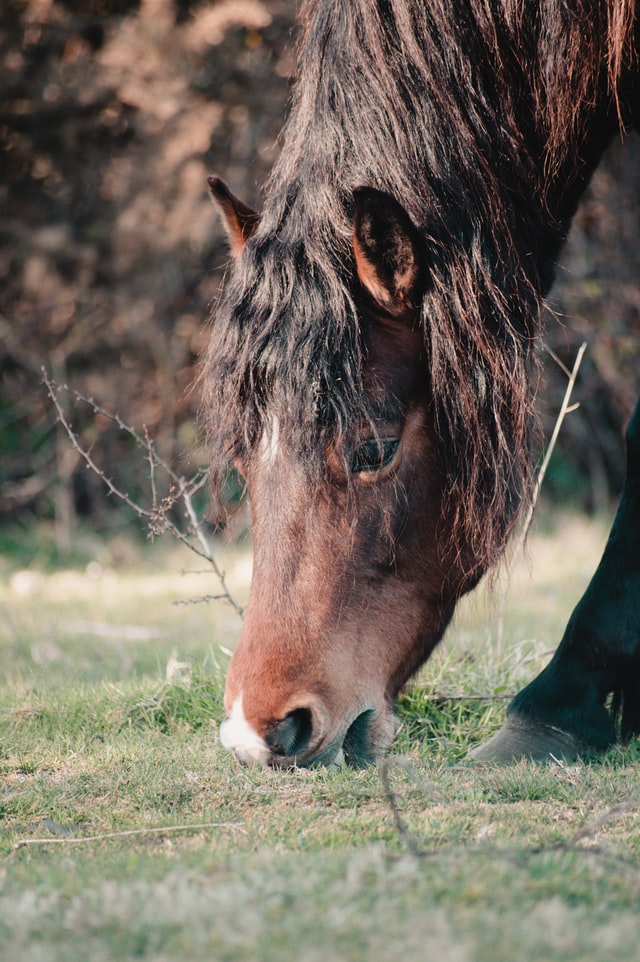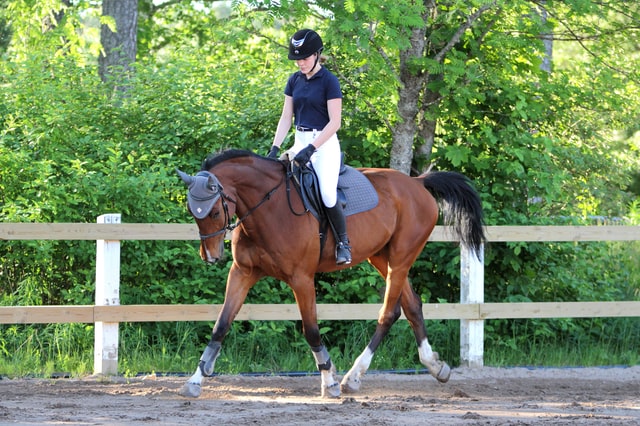The Visual Exam You Should Do Everyday On Your Horse
A visual exam is something every horse owner should do daily, or as often as possible, to ensure their horse is happy and healthy.
There’s a saying that the best fertilizer for a garden is the farmer’s footprints.
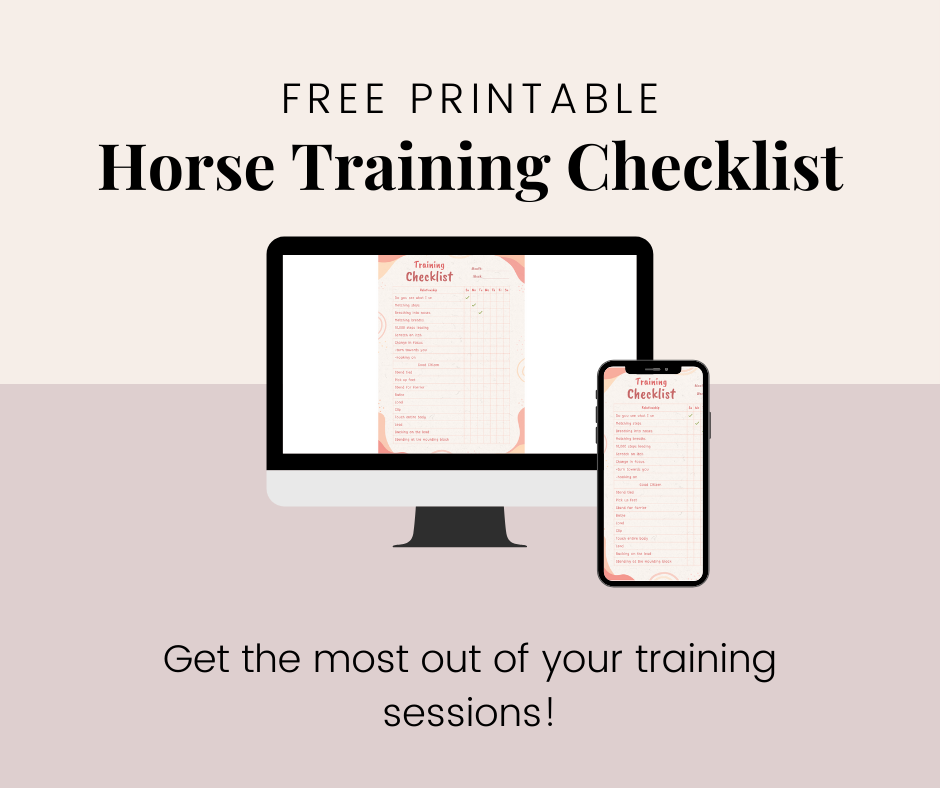
Simply by being in the garden will a farmer know what he garden needs.
Simply by visually examining your horse, you will be able to notice and mentally record what their normal behavior is like.
This will then let you pick up on subtle signs and symptoms that something may be wrong before any of the more obvious warnings.
Common horse health concerns such as colic, thrush, cracked hooves, laminitis and more will all have tell-tale signs long before they are considered serious.
Picking up on these subtle signs may even mean you can intervene before things become more serious and save you a small fortune in medical bills!
How to Perform a Visual Exam
Just as if you were a vet, you’ll begin simply by looking.
A lot of times we’re so mentally wrapped up in our tasks of turning out or bringing in, mucking stalls or mentally prepping for our lesson that we don’t really pay much attention to the horse.
By actively examining your horse you go from a passive partner to an active participant.
Overall Attitude
To begin a visual examination, spend a minute (or five) simply watching your horse before you interact with them.
Are they with the herd or away from them?
Swishing his tail at flies?
Sweating abnormally?
Are his eye bright?
Do his ears seem alert?
Is he eager for feed or your attention?
Movement
Once you begin to interact with the horse, notice how he is moving.
Does he normally run to the gate (or away from you)?
Is his behavior today any different?
Does he walk off with ease?
Joints swinging freely?
Or do his steps seem shorter?
Is he stiff on any one side or leg?
If he’s wearing shoes, are all four shoes snug to the foot?
Or do you hear a clank or see a wiggle when he weight-loads?
Visual Exam of His Legs
Once you’re close enough, take a good look at each leg.
I usually follow this visual exam up with my hand to feel or any heat or swelling my eye didn’t pick up.
Also remember that each leg is 3-D, to be sure to check all around the leg, even areas you can’t see like the inside of the cannon, the armpits or by the groin.
Appetite
While this may be difficult to determine quickly if the horse is turned out, but try to access if his appetite has changed at all.
If he’s stalled, is all of his hay and grain gone?
Does it seem like he’s been pacing?
What about his water?
Water consumption will change with the temperature and amount of exercise, but you’ll notice drastic changes both if your horse has drank too much, or not enough, if you simply look at the buckets/trough daily.
If you feed him, is he excited to get fed?
Not interested?
What about treats?
Manure
If at all possible, check out your horse’s manure.
What is his normal routine?
Does he always poop in the same location in his stall?
Or when you saddle him up or bring him in from the field?
What is the consistency of the poop?
Loose?
Hard?
Covered with white mucus or are there visible parasites?
Are there whole grains visible in the poop?
Who knew we would care so much about poop!
Once you’ve made performing a visual exam daily a routine, you’ll start to do it without thinking.
Once you do it a few hundred times, you’ll begin to pick up subtle changes in your horse almost instinctually.
If anything ever feels off, don’t hesitate to call the vet!
Better to spend $100 on a farm call than $1500 on colic surgery.
